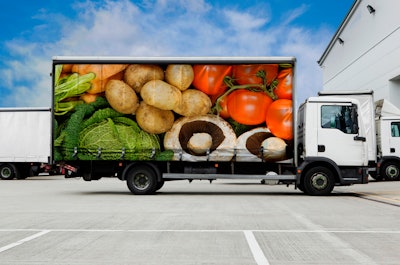
Cloudleaf–a provider of supply chain improvement systems–recently partnered with Sapio Research–a market research agency–to survey 210 U.S. supply chain decision-makers in the food and beverage and pharmaceutical industries over a month’s span. The report based on this survey highlights critical blind spots in today’s supply chains, as well as what’s needed to improve supply chain effectiveness in the future.
The survey shows the majority of respondents do not fully trust their product tracking data and do not have 100% visibility into the condition of their products during certain steps and transitions. Consequently, 48% use a manual process to achieve supply chain visibility.
The top six current supply challenges plaguing the food and beverage industry are:
- Product damage or spoilage
- Temperature excursions
- Unexpected delays
- Lost or misplaced inventory
- Compliance issues
- Inaccurate data
In transit to distribution was unanimously pointed out as the step where spoilage is most likely to occur, with 97% of food and beverage respondents saying they experience at least some product spoilage during fresh food shipments.
The lack of supply chain visibility has a profound impact on both food waste and food insecurity. The survey reveals the bigger the company, the higher the risk for product damage throughout the supply chain and the more food waste that is created.
For example, an average of almost $71 million is lost annually due to fresh food spoilage resulting from cold chain failures. However, this figure jumps to $179 million for companies with 1,000 or more employees.
The survey offers up the following suggestions to mitigate losses in the supply chain:
- Getting products off loading docks just a couple of hours earlier to maintain product efficacy and significantly reduce waste caused by cold chain inefficiencies
- Stakeholders along the supply chain implementing more advanced practices and cold chain technologies, which can help reduce annual food waste by 20% over the next 10 years
- Tracking hard attributes, such as location, temperature, vibration, and humidity
- Tracking soft attributes in the business process context, such as purchase orders and payment terms, and in the environmental context, such as weather, and traffic conditions
- Enabling visibility and tracking by creating a digital model of the various supply chain components to perform real-time analyses
- Installing an enterprise-wide messaging system to track soft handoffs through soft attributes within the organization and across companies. Using this method should also remove blind spots in tracking hard handoffs.
Download the report here.






















